In the wake of mechanization, industrialization, automation, and digitization, the shift towards a sustainably structured and operating economy represents the fifth transformation—one that can rightfully be called ‘historic’, as it presents companies with unprecedented challenges. It involves nothing less than decoupling growth from resource consumption. This is a substantial task that can be approached in principle through two solutions, both associated with prominent names. One is attributed to Bill Gates, who relies on technological innovations to maintain the accustomed level of prosperity. The counterproposal, advocated by Ellen McArthur, focuses on avoiding resource wastage and thereby achieving overall lower consumption within a circular economy, which ultimately would involve a new, open-ended perspective and definition of prosperity.
Practically everyone is affected by the fifth transformation, but especially companies, which, in the context of change, irrespective of Gates‘ or McArthur‘s approach, play pivotal roles. They are deeply embedded in the transformation, influenced by it, and actively shaping it. There are hardly any other options, as the transition towards a more sustainable world is indeed ‘inescapable‘.
Of course, it‘s not just about companies or ‘the economy‘, because they do not operate in a vacuum; a large number of stakeholders are directly or indirectly affected, but they also play a driving role. Whether consumers or customers, investors (e.g., banks, shareholders), or employees and actors in the public sector, they all must more or less embark on the path of transformation, or, from a corporate perspective, be taken along
Those who fail to act proactively will face regulation
Primarily, there are two factors driving sustainability transformation: firstly, the realisation that existing models have reached their limits and threaten the foundations of life; and secondly, the subsequent regulations imposed by regulators. This marks a shift where, for the first time, politics, rather than technology, becomes the decisive force. This is also an unfamiliar situation for companies, as it is generally easier to adopt a new technology than to completely overturn the existing value creation model.
An evaluation in strategic work, the PESTEL-Analysis, which identifies the impacts of external developments on a corporate strategy, encompasses six aspects: Political, Economic, Social, Technological, Environmental, and Legal. The sustainability discourse is particularly fuelled by the factors ‘Political‘ and ‘Legal‘, as they are at the centre of actions and reactions and increasingly represent guiding factors for all other dimensions as well. At the same time, it is also true that if we do not mitigate the negative impacts of our prosperity creation, then we must adapt (adjust) to the mandatory environmental influences.
Added value becomes more than just ‘value‘
So far, company management‘s primary task has been to create value—in the form of revenue, profit, salaries, taxes, etc. Due to the changed, regulation-driven framework conditions, this spectrum has significantly expanded. In addition to economic or financial aspects, ecological and social factors must now be equally considered. Within the ESG system, strategic objectives are now viewed not only from a financial and customer value perspective but also from a human and social as well as an environmental value perspective. Sustainable corporate management is characterised by the equal and longterm consideration of all relevant stakeholder interests.
Carrot or Stick – That is the transformation-driver question
This also means that value creation is, to a large extent, controlled by regulation. This is primarily evident through corresponding laws, regulations, and other regulatory instruments, as demonstrated by the example of the EU.
However, there is also another approach that relies on incentives. In the US, for example, politics supports the transition through widely distributed subsidies, especially to promote innovations. Both approaches may have strengths and weaknesses. Which one ultimately leads to a better outcome remains to be seen. Regardless of the approach, it will likely be crucial for Europe to embrace technological openness more vigorously and to recognize.
that numerous challenges can only be solved through innovations (e.g., new business models, technology transformation).
For the management level within companies, both approaches represent a significant intervention in their previous autonomy. Above all, it means that they must undergo a comprehensive transformation. But how should they concretely shape the transformation? Which strategic approach should they choose? One thing is certain: it must be long-term and also involve future generations of management. Only then can regulatory challenges be adequately addressed and the company remain responsive and competitive.
3 Paths through the ESG Jungle
There are three transformation paths in total. Which path a company is on is less a matter of choice than a fact, depending on the sector or type of company. The first path can be called an intrinsically motivated transformation path, primarily affecting companies or entities with low climate impacts that are also not as strongly in the focus of consumers. They will primarily enhance or adapt their solution portfolio to remain relevant in the future. This includes, among others, public institutions, but also consulting firms or numerous service providers.
The second path concerns companies that are more in the consumer spotlight and thus subject to specific competitive and regulatory pressures. These include brand manufacturers and the entire manufacturing industry, but also the transport sector, construction industry, tourism sector, or financial organisations. To position themselves successfully against the competition, they must define a sustainable strategy, evaluate their portfolio, and if necessary, modify their business model to adapt to changing consumer requirements.
In the third path are companies that have an even more significant impact on the environment and face potential demise if they do not adapt, such as the steel or cement industry, the chemical industry, energy utilities, and, for example, the automotive industry. They are forced to invest in new technologies and create new value networks to comply with regulatory requirements and continue to exist in the market.
For those who do not know their goal, no path is favourable
But how can a transformation succeed, regardless of the respective path? In contrast to classical change management, there are some additional things to consider. The VIRSA model (Vision, Incentives, Resources, Skills, Action Plan, Change) outlines the most important points, from the indispensable vision or goal setting to securing resources, as well as supporting the workforce and a concrete roadmap Especially suitable is the so-called purpose-led transformation. Purpose as the basis , motivation , and vision of all transformation processes and stages combines the three time-related ‘boxes‘ according to V. Govindarajan‘s model—past , present , and future—and brings special agility as a method. It consciously focuses on activation rather than mere ‘working through , and it has been shown that this is also the most convincing and motivating way to convince the workforce.
The right level of ambition has three characteristics: acceptable , affordable , achievable
The real challenge lies in the implementation. To transform a company , a clear strategy is needed , which is the prerequisite for deriving subsequent measures and milestones. This also includes , above all , defining one ‘s own sustainability ambition more closely: What is the overarching strategic objective and where does the company stand compared to the competition? Do you want to act exclusively in compliance with the law or differentiate yourself to leverage competitive advantages? Furthermore , it is important to know your own starting position. An example of a target value , which is not so easy in this regard , is the issue of emissions. Many companies are only just beginning to record their Scope 1 to 3 emissions , i.e. , direct , indirect , and emissions within the value chain.
Above all , it is imperative to identify and define one ‘s own priorities and the crucial issues for the respective company and subsequently focus on them. Comprehensive surveys by EY show that companies often set ambitious sustainability goals , but rarely implement them to the same extent due to a lack of incentives. To implement sustainability successfully in the long term , a concrete incentive system is therefore necessary , especially at the executive level.
Thinking long-term means thinking like an owner
Subsequently , goals need to be defined (based on ambition) and appropriate measures put in place to operationalize the strategy. On the one hand , there are measures that have a direct positive financial impact (e.g. , increasing energy efficiency). On the other hand , there are also measures that have a significantly delayed effect and may initially show negative cash flow. Here , it is important to think longterm and demonstrate investment readiness. This is evident , for example , in the case of the switch to hydrogen. It requires enormous commitment from both politics and the economy. Estimates suggest that trillions in investments will be required by 2030 to achieve the overarching Zero Emissions goal by 2050. In such cases , companies must be willing to take the lead. To induce comprehensive investments from companies , various support instruments have already been implemented or are planned at the regulatory level. However , even stronger political will is needed to elicit measures of the necessary magnitude from companies.
In summary , the focus on longterm value dimensions in the areas of finance and customers , but also employees , society , and the environment , is crucial. Sustainability should be seen as an opportunity for differentiation in competition regarding customers , capital , employees , and social compatibility , which will also lead to classically measurable successes.
Ambitions kindle expectations , actions build trust
What steps should be particularly considered in sustainability management? It starts with a clear management commitment to address the issue promptly and efficiently , as the regulatory pressure in the EU will continue to increase. The own claim must be clearly formulated and underpinned with derived goals and measures.
This can only work if the issue and the corresponding strategy are also reflected in the corporate organisation – including the associated responsibilities and accountabilities. Sustainability thus becomes an integral part of the corporate identity and an asset of corporate
communication. This is becoming increasingly critical for survival because those who want to engage in strategic management today must inevitably also have sustainable management. The topic cannot be ignored in any industry anymore. The faster and more targeted , the better , because , as the increasing legal regulation in particular illustrates , sustainability will not be a ‘nice to have ‘ but a ‘must have ‘ for companies in the future.





















